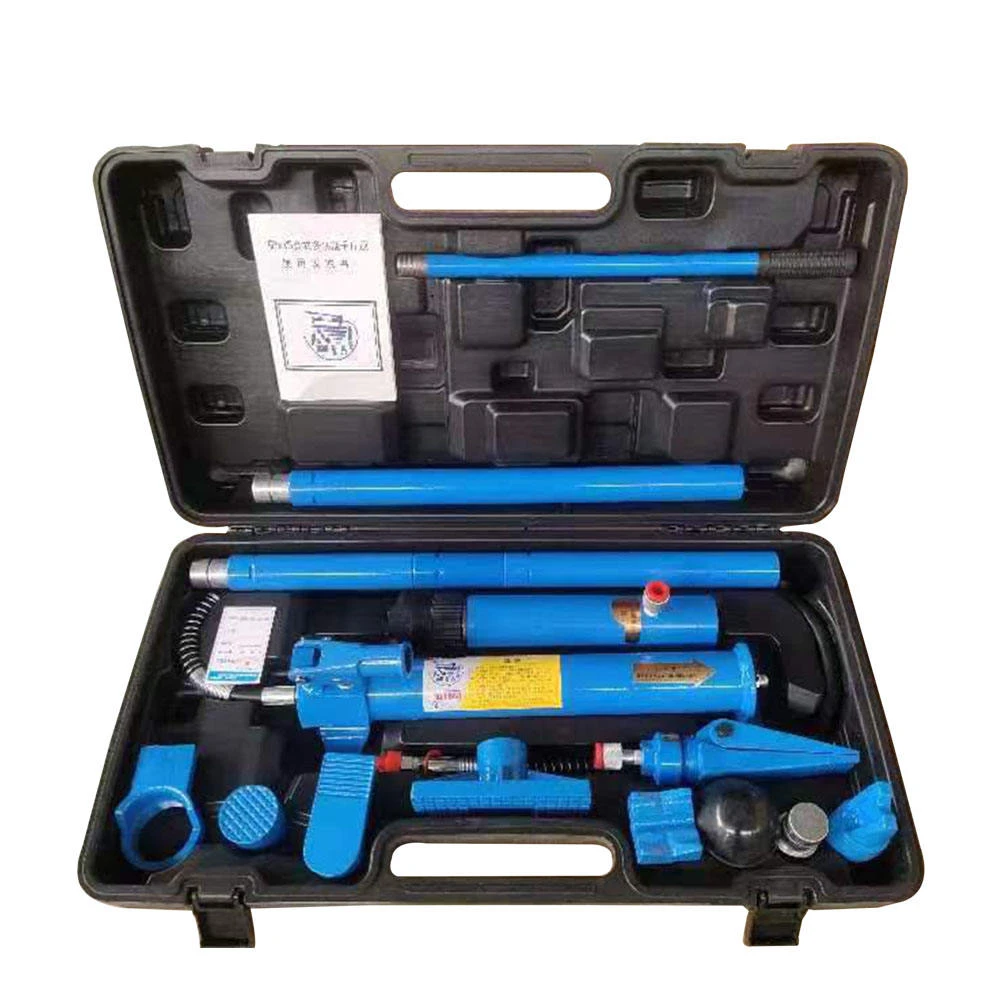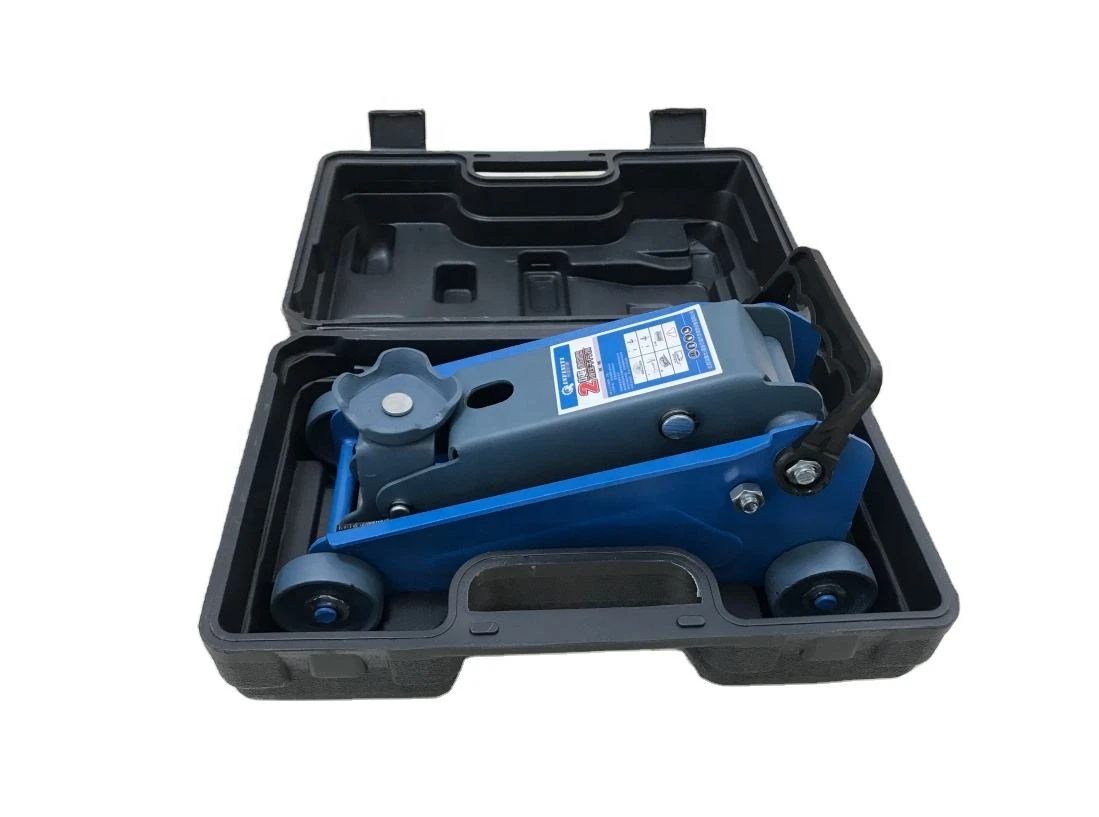When using a car jack, the position is very important for safe and effective lifting. Depending on the vehicle type, you should put it in the following location:
For most passenger cars with frames:
Find the jack point on the frame. These are usually reinforced areas for handling the load of the vehicle when it is lifted. The location of the jack is usually indicated in the owner's manual of the vehicle. Car jacks are usually located near the wheels and along the side rails of the frame. For example, in a typical car, you may find them about a foot behind the front wheel and the same distance in front of the rear wheel.
For integrated vehicles (without traditional independent frame):
Find the designated lifting point. These areas are usually areas where the body structure is reinforced to support the weight of the vehicle during lifting. Manufacturers usually mark these points in the user manual. The car jack may be located at the pinch weld (the connecting edge of the metal plate) on both sides of the car near the wheel. Some integrated cars have a special cut or reinforced area on the sill plate (the area below the door) for placing the jack.
It is very important not to put the car jack under the body panel, because the body panel is not designed to support the weight. Putting the jack in the wrong position will cause damage to the car body, and more importantly, it will cause the vehicle to slip off the car jack, which is a very dangerous situation.
Hydraulic Vehicle Jack Suitable for All Automobiles
Strong versatility: the lifting force range of hydraulic vehicle jack is wide, which can meet the lifting needs of various vehicles from small cars to large SUVs and light trucks. For example, the lifting capacity of some small hydraulic vehicle jacks is about 1.5-2 tons, which is enough to cope with the weight of ordinary family cars; The lifting capacity of large hydraulic vehicle jack can reach 3-5 tons, which is suitable for heavier vehicles.
Smooth lifting: its working principle is based on hydraulic system, and the hydraulic oil is injected into the oil cylinder through the oil pump to push the piston to lift. In this way, the lifting process is relatively stable, and there will be no sudden jump or instability like some other types of jacks (such as scissors jacks). When lifting the vehicle, it can better ensure the balance and safety of the vehicle.
High accuracy: hydraulic vehicle jack can control the lifting height more accurately. Operators can lift the vehicle to a suitable height according to specific maintenance or maintenance requirements, such as changing tires and checking chassis components. But also can better control the speed in the descending process, and avoid the damage to people and vehicles caused by the sudden descending of vehicles.
Matters Needing Attention in Using Car Jack
Correct placement: Be sure to find the correct lifting point of the vehicle. For vehicles with a frame, the lifting point is usually on the frame; For a vehicle with a load-bearing body, the lifting point may be at a reinforced part on the side of the body, such as a special mark on the skirt under the door. The wrong placement may cause damage to the vehicle or the vehicle will slip during lifting, resulting in safety accidents.
Maintain vertical operation: when using hydraulic vehicle jack, make sure that the jack is vertical to the ground. If the jack is tilted, on the one hand, it will affect the stability of lifting, on the other hand, it may lead to uneven stress on the hydraulic system, shorten the service life of the jack, and even cause hydraulic oil leakage or jack damage.
Check the hydraulic oil and sealing condition: Before use, check whether the hydraulic oil of the hydraulic vehicle jack is sufficient. If the hydraulic oil is insufficient, the lifting may be weak or impossible. At the same time, check whether the seal is intact and whether there are any signs of hydraulic oil leakage. Once leakage is found, it should be stopped immediately, because the leaked hydraulic oil will not only affect the performance of the jack, but also pollute the environment and have potential safety hazards.




